
When it came to choosing a commander to lead an armed uprising against the British, unity was very much on the minds of the American colonies. Resistance to British rule had not yet escalated into a demand for independence, but a large army had formed at Boston, penning in the smaller British forces. It came mostly from the northern colonies, especially those known collectively as New England.
George Washington, from a solid Virginia family, was seen as a man who could encourage greater participation from the middle and southern colonies. The commander in chief would need to be more than a general: he would need to be a symbol of resistance and, as unrest turned into revolution, he would have to inspire and lead an amateur army against a far more experienced foe.
Washington, standing at around six-foot two, fitted the bill for a physically imposing figurehead – but he would prove to be far more. From 1775 he led America’s fledgling army, through near-calamitous defeats and desperate shortages of supplies, to victory. His service was recognised and rewarded when he became the first president of the United States in 1789, six years after he had led his young nation to independence.
The young Washington
Washington was born into a comfortable world on 22 February, 1732. His family were plantation owners at Popes Creek in Westmoreland County, Virginia. Little is known of his childhood except for the fact that his father died when George was just 11. His older half-brothers were educated in England but George did not go to college, although he was taught the principles of surveying, which would come in useful when leading an army.
この記事は History of War の Issue 104, 2022 版に掲載されています。
7 日間の Magzter GOLD 無料トライアルを開始して、何千もの厳選されたプレミアム ストーリー、9,000 以上の雑誌や新聞にアクセスしてください。
すでに購読者です ? サインイン
この記事は History of War の Issue 104, 2022 版に掲載されています。
7 日間の Magzter GOLD 無料トライアルを開始して、何千もの厳選されたプレミアム ストーリー、9,000 以上の雑誌や新聞にアクセスしてください。
すでに購読者です? サインイン

NAUMACHIA TRUTH BEHIND ROME'S GLADIATOR SEA BATTLES
In their quest for evermore novel and bloody entertainment, the Romans staged enormous naval fights on artificial lakes
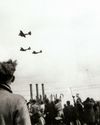
OPERATION MANNA
In late April 1945, millions of Dutch civilians were starving as Nazi retribution for the failed Operation Market Garden cut off supplies. eet as In response, Allied bombers launched a risky mission to air-drop food
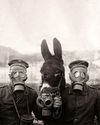
GASSING HITLER
Just a month before the end of WWI, the future Fuhrer was blinded by a British shell and invalided away from the frontline. Over a century later, has the artillery brigade that launched the fateful attack finally been identified?
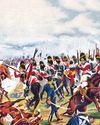
SALAMANCA
After years of largely defensive campaigning, Lieutenant General Arthur Wellesley went on the offensive against a French invasion of Andalusia
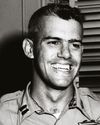
HUMBERT 'ROCKY'VERSACE
Early in the Vietnam War, a dedicated US Special Forces officer defied his merciless Viet Cong captors and inspired his fellow POWs to survive
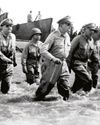
LEYTE 1944 SINKING THE RISING SUN
One of the more difficult island campaigns in WWII's Pacific Theatre saw a brutal months-long fight that exhausted Japan’s military strength
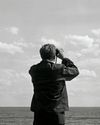
MAD DAWN
How technology transformed strategic thinking and military doctrine from the Cold War to the current day
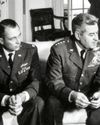
BRUSHES WITH ARMAGEDDON
Humanity came close to self-annihilation with the Cuban Missile Crisis, Broken Arrows’ and other nuclear near misses
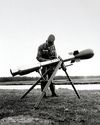
THE DEADLY RACE
How the road to peace led to an arms contest between the USA and USSR, with prototypes, proliferation and the world’s biggest bomb

THE MANHATTAN PROJECT
Einstein, Oppenheimer and the race to beat Hitler to the bomb. How a science project in the desert helped win a war